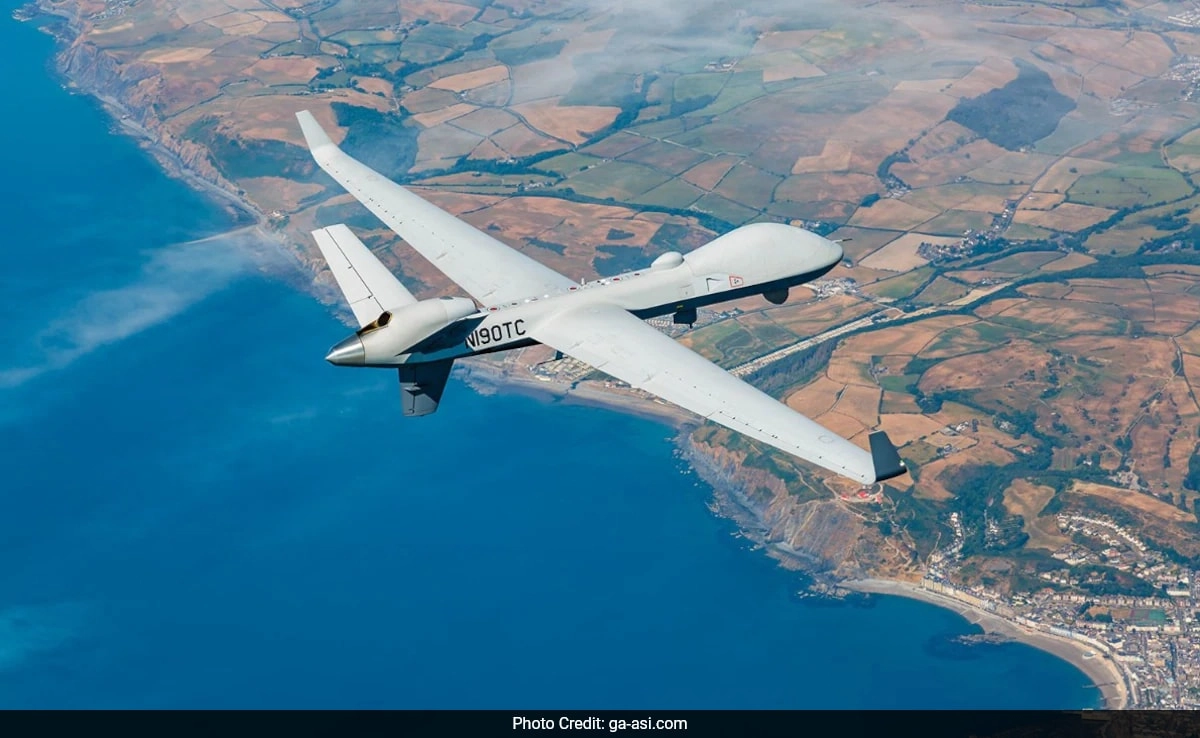Since March, the United States has reportedly lost seven multi-million-dollar drones in the Yemen region, a situation that underscores the ongoing complexities and challenges associated with military operations in the area. These unmanned aerial vehicles (UAVs), which are pivotal for intelligence, surveillance, and reconnaissance missions, have encountered various operational risks that have led to their loss. The region’s volatile landscape, compounded by ongoing conflict and the presence of hostile forces, poses significant risks to aerial operations, making these drones particularly vulnerable.
The loss of these drones not only represents a substantial financial setback for the U.S. military but also raises concerns regarding the implications for national security and operational effectiveness in the region. Each drone, valued at millions of dollars, is equipped with advanced technology designed for gathering intelligence and conducting reconnaissance missions, which are crucial for understanding and responding to the dynamic threats present in Yemen. The loss of such assets may hinder the U.S. military’s ability to monitor potential terrorist activities and maintain situational awareness in a region marked by instability.
Moreover, the situation highlights the increasing reliance on drone technology in modern warfare, where UAVs play a crucial role in reducing risks to human personnel while providing real-time intelligence. However, the setbacks experienced in Yemen illustrate the potential vulnerabilities of relying heavily on drone operations, especially in hostile environments where electronic warfare and anti-drone technologies are becoming more sophisticated. As the U.S. continues to navigate its strategic interests in the region, these losses may prompt a reevaluation of operational tactics and the deployment of resources.
In response to these challenges, the U.S. military is likely to enhance its strategies for drone deployment, focusing on improved protective measures and countermeasures to mitigate risks. The lessons learned from these incidents could lead to advancements in drone technology and operational protocols, ensuring that future missions are better equipped to handle the complexities of the Yemen conflict. As the situation evolves, the U.S. must remain vigilant in addressing the challenges posed by drone warfare and adapting its approach to ensure the effectiveness and safety of its operations in this critical region.




